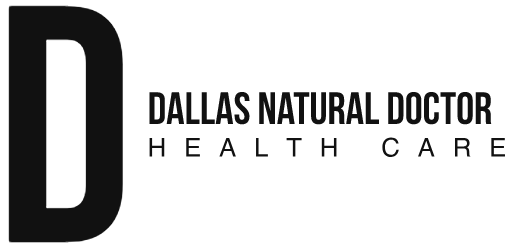The risk management function and the consequences on the responsibility of the structure and the professional
Two months have passed since the entry into force of the new regulation that regulates the responsibility of health workers, better known as the ( Law No. 24/2017 ), and numerous doubts and perplexities emerge on the various new features introduced.

The new legislative text renews the issues concerning health care and Risk Management. The civil, penal and administrative liability of the medical facility and of the healthcare profession are also reformed, with the consequent insurance obligations. In addition, new figures are introduced such as, for example, the mandatory attempt at reconciliation, the limits on the claim for damages against the doctor, the possibility of acting directly against the insurance company.
The first innovation is given by the new concept of Risk Management, this is to strengthen the relationship between the responsibility of the health structure and the responsibility of the professional.
It is undisputed that, if the health care provider causes damage to the patient, he will respond in the first person.
Moreover, by virtue of the organic relationship that links the professional to the body, the health facility will also be obliged to pay damages. This relationship is strengthened in the case of public structures from the provisions of art.
Under the new articles 1 and 7 the healthcare structure will be held accountable by contract, both for the omissions deriving from the direct relationship with the patient and for the work of the employees.
From this perspective of responsibility, we introduce a different vision of the health structure, which is understood as a “unique” given by the interaction between technology, organized structure and people.
The idea that guided our legislature is based on the fact that the error cannot be analyzed in isolation, but must be dropped in the reality in which it was put into being, through the evaluation of all systemic factors.
The objective of the Gelli Law is therefore to introduce into the structures a Risk Management model that acts according to a systemic approach capable of introducing control mechanisms for the prevention of human error. The legislator proposes a system that is capable of anticipating risks by identifying the alleged danger situation and consequently providing for procedures and controlled practices. This system can also ensure the patient the right care that meets the criteria dictated by the cost-benefit ratio.
Secondly, a risk control system thus understood will finally make insurable hospitals so that they are able to fulfill the same insurance obligation imposed by the law in question. The new law brings important innovations also regarding the insurance aspects of hospitals. In fact, to date, due to inexistent risk control systems, insurance companies have always refused to provide policies to hospitals, if not at prices impossible to sustain. Complying with the new rules, however, hospitals can hope to access insurance costs much more accessible.
